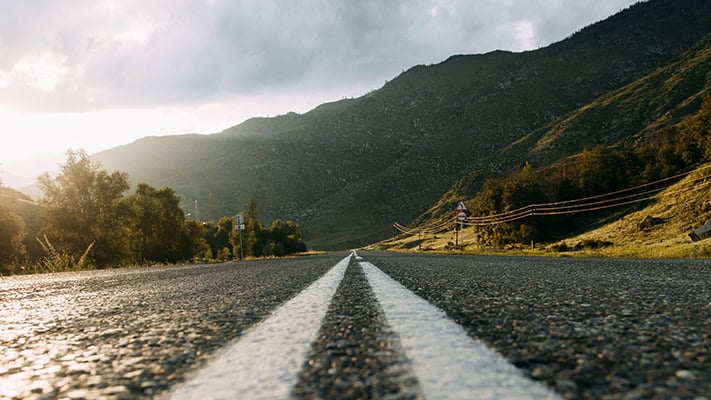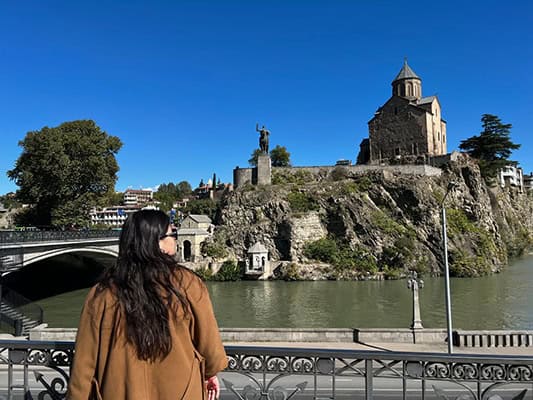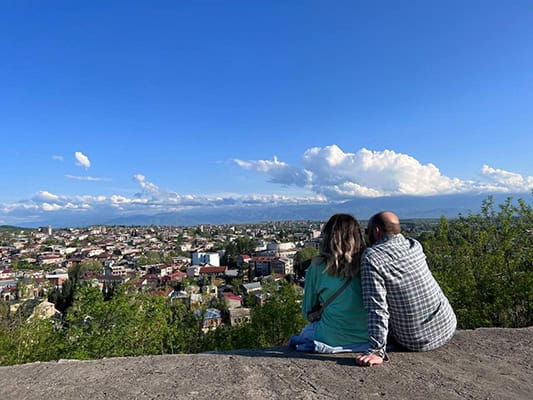Travel Agents – Partner with Travel Bee



Dear partners!
We are pleased to offer you a unique opportunity to expand your business and offer your clients unforgettable trips to the Caucasus — Georgia, Armenia and Azerbaijan.
Why is cooperation with us profitable?
🔹 Exclusive travel packages — trips filled with authentic traditions, vivid emotions and comfortable conditions. 🔹 Flexible terms of cooperation — high level of commission and special offers for tour operators. 🔹 Guaranteed tours and individual programs — from standard routes to fully personalized trips.
What do we offer?
✅ Hotel and apartment booking — selection of the best accommodation options in accordance with the wishes of clients.
✅ Transportation services — comfortable and safe transportation in all directions.
✅ Excursion programs — group and individual tours with professional guides.
✅ Guaranteed tours and individual routes — the ability to offer clients flexible vacation programs.
Financial conditions:
💰 Commission 15% for group programs.
💰 Favorable NETTO prices for individual programs.
💰 Special conditions for tour operators.
Two formats of cooperation:
1️⃣ Agency agreement for the sale of tours - you sell our tours and receive a stable commission.
2️⃣ Partnership on the recommendation system - place widgets for searching tours on your website or share links. For each purchase based on your recommendation, you receive a reward, and your client - a special discount.
🔹 Join our network of partners! 🔹
Start earning today by offering clients unforgettable trips to the Caucasus. Let's create vivid impressions together that will remain in the hearts of tourists forever!
We are confident that our offer will be not only convenient for you, but also a very profitable solution.
We are pleased to offer you updated terms for cooperation in the field of sales of group guaranteed excursion tours to the Caucasus (Georgia, Armenia, Azerbaijan).**
We are waiting for you among our partners!

